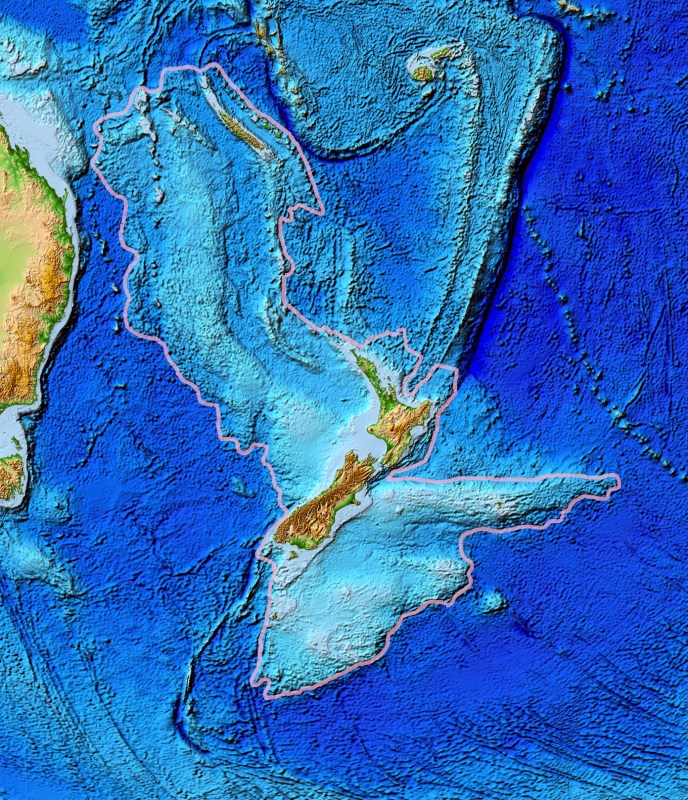
Whether you could point them all out on a map or rattle them off, we were all taught in school there are seven continents. At least, above the ocean’s surface. With 95% of the underwater depths not yet physically explored, who knows what could be down there?
Well, leave it to persistent scientists who have believed an eighth continent has been there the whole time and are finally able to prove it. From Pangea to Gondwana — the next landmass to get familiar with is Zealandia, the eighth continent that broke off around New Zealand and has been officially completely mapped out after decades of research.
The continent has been on the radar for hundreds of years
If the government can finally admit evidence of aliens, we can find a continent at the bottom of the ocean. And we did. Things started with Abel Tasman, an explorer from the Netherlands who made his way to New Zealand in 1642. He and his group had a little violent interaction with the Maori tribe that was already there, which resulted in four of Tasman’s crew killed.
Unsurprisingly, this made Tasman and the rest of the Europeans get the heck out of there, but Abel spent time trying to convince others there was a whole continent that needed to be checked out in the area. It would only be a few hundred years before we got around to looking for it.
Decades of work have gone into mapping out the continent
Scientist Nick Mortimer has been leading the team in charge of mapping out the continent for the last 20 years, and their work has paid off in a big way.
In 2017, the crew published a paper in the Geological Society of America reminding us about the lost continent, keeping us up to date on their research. The team had another big win in 2019 when they finished mapping the South Zealandia boundary.
From ridges to plateaus to the continental crust — they’ve mapped the final section to complete the Zealandia puzzle and are able to introduce the continent to the world.
The continent’s coordinates
We started on one giant continent named Pangea. Later, Africa, Australia, Antarctica, South America, and India were part of a supercontinent called Gondwana.
While it’s not quite half the size of Australia, but six times that of Madagascar, Zealandia broke off of Antarctica and Australia to form its own landmass before settling in the ocean about 2,500 to 4,000 meters under New Zealand and New Caledonia.
When did Zealandia break off of Gondwana?
It was around 85 million years ago when Zealandia decided to take the deep plunge down into the South Pacific. It slowly sank until about 25 million years ago, where it’s been hanging out ever since.
Will Zealandia see the surface again?
This one is probably not going to happen. While around 95% of it is still underwater, we won’t get to see it inhabited again anytime soon. Though knowing ancient penguins were a main life form on the continent helps. We wonder how big they were and if they were friendly.
We are still uncovering tombs in Egypt, proving aliens exist, and finding continents in the ocean. If anyone still wants to say Atlantis isn’t real, they might want to rethink those thoughts. Not since the back and forth of Pluto being a planet has there been something to change up the schoolbooks like the discovery of the eighth continent, Zealandia.


